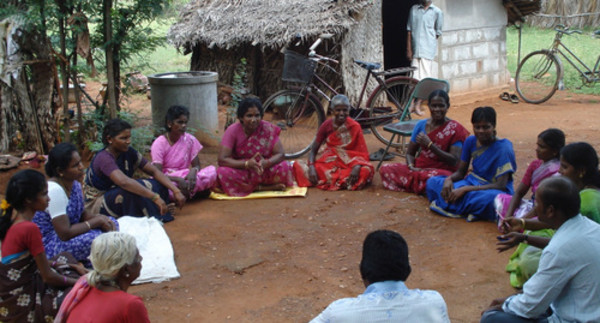How many of us have woken up each day feeling hopeless about the ‘Desh ka Haal’? How many of us have wondered about the worsening situations in our country. Let me tell you, there is HOPE! There have definitely been situations for us to think otherwise. We have our every-day frustrations - the unbearable traffic, ugly posters on the city walls, public urination, mindless honking to name a few. But then, I am talking about problems much bigger than those. There has been an increase in the number of corruption cases, rape incidents, road accidents, work-place accidents, thefts, murders etc. But wait, has there really been an increase, or are we as a nation only growing more aware of these happenings? The numbers could not have varied so much, but the reception of such mishaps by us has changed considerably. The number of rapes REPORTED, accidents RECORDED, among other things, have increased. There has been a global shift towards awareness and reflection. This is evident even in the commercials that we see these days. They have transformed from the nonsensical “Hema, Rekha, Jaya aur Sushma, sabki pasand Nirma” to the more thoughtful Fair & Lovely commercial focused on ‘Women Empowerment’, Sani Fresh’s commercial focused on ‘Accessible Sanitation for Girls’, Dabur Vatika’s ‘Brave and Beautiful’ initiative, Unilever’s ‘Project Sunlight’, P&G’s ‘Like A Girl’ and ‘Shiksha’ projects, and Lifebuoy’s ‘Help a Child reach 5’ project. While these attempts indicate a much needed and desirable evolution of the advertising industry, they also indicate the increased inclination of organizations towards CSR and Impact Investing.
Against a backdrop of the above discussion, I would want to talk about my 1-week experience of working on the field as a Milaap fellow. After one field visit and numerous interactions with the locals and with the Milaap’s field partner, my ignorant assumption about the sad state of affairs in rural India has changed to perceive the whole situation in a new light. What is it like in rural India? Does every house have a toilet? No. Does every child go to school? No. Is every family economically stable to support itself? No. Is there hope for change? Yes. I will try and provide a perspective that would substantiate my belief. There has been an exponential increase in the number of NGOs in India in the last decade. There are numerous NGOs in Belgaum itself, working for a cause as distinct as ‘Empowerment of Devadasi women’, and countless number of them working for other causes as well. There are Self Help Groups (SHGs) in most of the villages, groups which are formed to ease the money- lending and repayment processes; these models are majorly helping solve the poverty problem in India by improving financial conditions. For beginners, let me outline what an SHG is. An SHG is a group of self-employed people(usually with similar economic backgrounds), who come together with an aim to regularly contribute equal portions of their incomes to a group fund, which can be availed by anyone in the group during financial emergencies. This process eliminates the need for collateral. These groups function on mutual trust, and employ peer-pressure to ensure regular repayments by its members. These groups can also avail loans from third parties such as banks and MFIs. Since the loans are taken collectively to serve the purpose of the group, this cuts down the cumbersome individual paper-work and also reduces the transaction costs to the lender and the borrower. This is an effective model, providing developmental opportunities to numerous micro-entrepreneurs in rural India. These have been my observations only in a week's time. While there is still an ocean of opportunities out there, there are also forces, which I am probably unaware of at this phase, that act against these possibilities. There are also numerous villages in India, which are still unreached by the same NGOs and the same Government Schemes, and where despair prevails. Nonetheless, there is hope for improvement. There is no dearth of empathy. There has never been so much awareness, and we are definitely heading towards a better India.
The Indian Scene is much better than you think it is; there is HOPE
Shares
Shares











